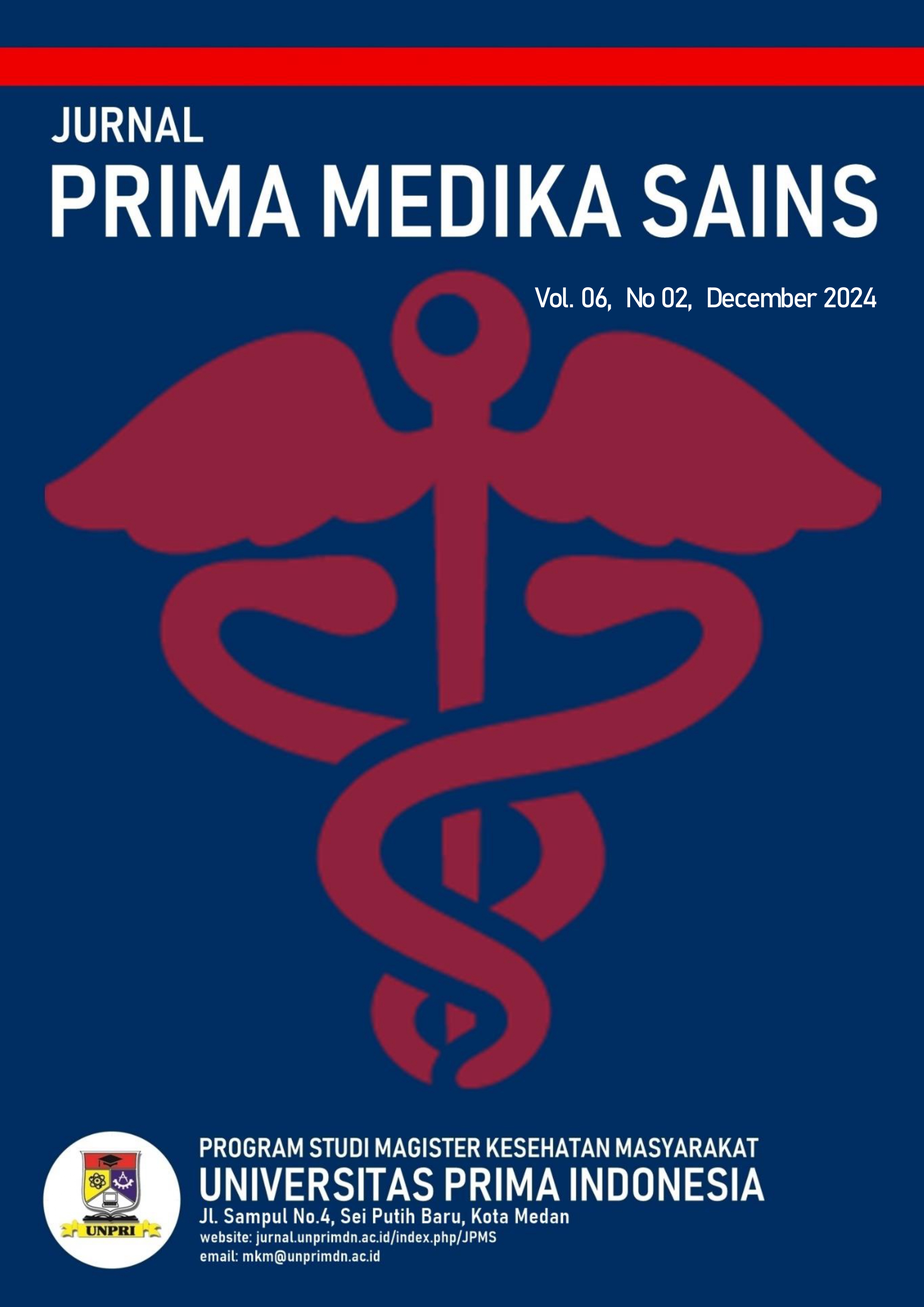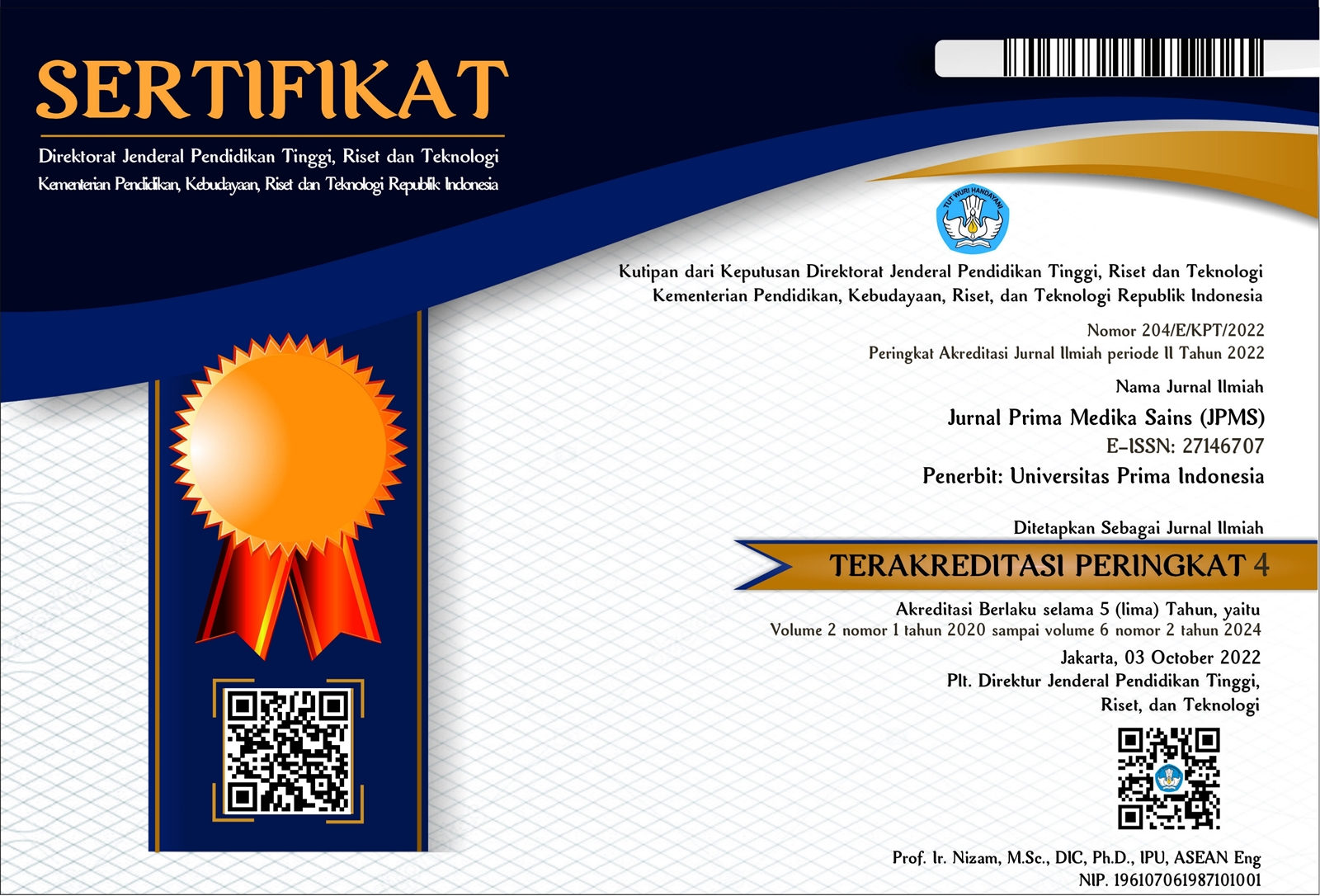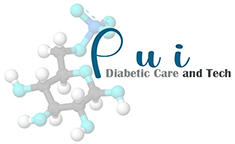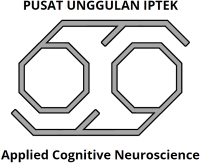Effect of gotu kola leaf extract cream on collagenization and histopathological picture of rat skin exposed to Ultraviolet B light
DOI:
https://doi.org/10.34012/jpms.v6i2.5743Keywords:
Gotu Kola leaves, collagen, UVB light, Rattus norvegicusAbstract
Changes due to genetic conditions (internal and chronological aging) overlap with aging symptoms triggered by environmental conditions (extrinsic aging). Until recently, exposure to the sun's ultraviolet (UV) radiation was considered the leading cause of extrinsic skin aging; both UVB (290-320 nm) and UVA (320-400 nm) caused photoaging, and due to their physical properties, UVB radiation was especially harmful to the skin condition. This study aims to analyze and test the effect of administering gotu kola leaf extract cream (Ceentella asiatica) on collagenization in Wistar rats (Rattus norvegicus) exposed to ultraviolet-B light. This study uses a posttest-only control group design, where only observations are made to the control group and treatment after the treatment is given. The research results show that gotu kola leaf extract contains phytochemicals that can be used as an antioxidant and anti-inflammatory ingredient because they contain flavonoids, saponins, tannins, and phenolic compounds. This research concludes that pegagan leaf extract contains phytochemicals that can be used as medicinal ingredients because it contains high antioxidant and anti-inflammatory compounds. The average percentage of collagen growth in the control group compared to treatment groups P1, P2, and P3 after exposure to UVB light was very high, and the group control of collagen growth was not significant and tended to be stable.
Downloads
Published
How to Cite
Issue
Section
License
Copyright (c) 2024 Muhammad Al Hamid, Cut Elvira Novita, Johanna Fransiska Wijaya, Djamin Djamin

This work is licensed under a Creative Commons Attribution 4.0 International License.






